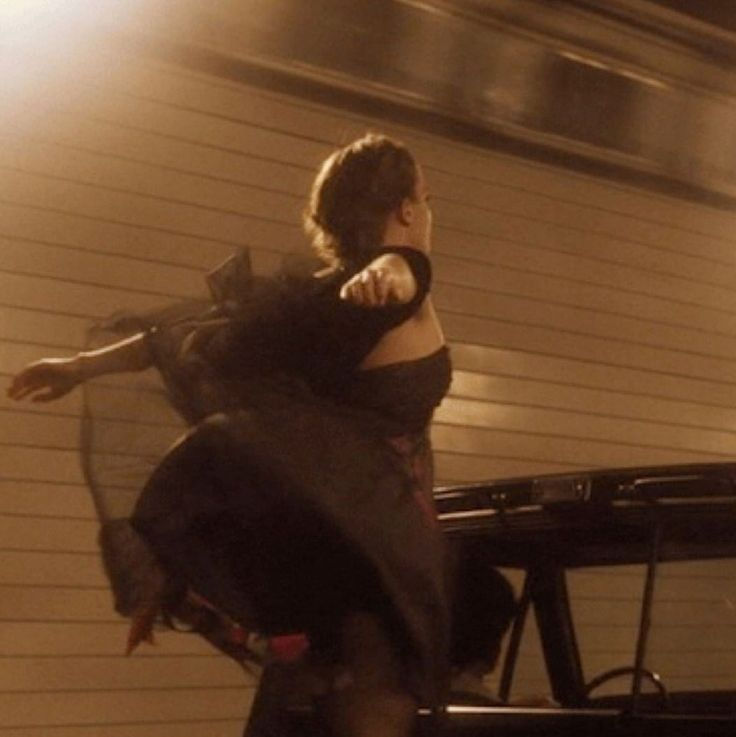A truly heart breaking 9 Frame Analysis: Past Lives </3
- Filza Chattha
- Nov 1, 2024
- 7 min read
Updated: May 20

"I liked you for who you are; and who you are is a person who leaves.
But for him, you're the person who stays."
Past Lives is a 2023 romantic drama film written and directed by Celine Song in her feature directorial debut. Starring Greta Lee, Teo Yoo, and John Magaro, it follows two childhood friends over the course of 24 years while they contemplate the nature of their relationship as they grow apart, living different lives. The plot is semi-autobiographical and inspired by real events from Song's life.
one:

The notable warm lighting in this frame is done with the help of low key, ambient, and practical lighting. Overhead bar lights, table lamps, or candles contribute to the warmth and create a sense of verisimilitude in the environment, making the setting feel authentic and relatable. While the tones are warm, the lighting is not overly bright. Shadows and contrasts are subtly used to create depth and texture. The warm tones juxtapose with the underlying complexity and unresolved tensions in the relationships. While the atmosphere feels inviting, the audience senses the unspoken layers between Nora, Hae Sung, and Arthur, suggesting that warmth and discomfort can coexist. Celine Song has commented on the deliberate artistic choice of Nora breaking the fourth wall at the beginning of Past Lives. In interviews and analyses, it is noted that this moment serves to draw the audience into the exploration of identity and relationships. This moment sets the tone for reflection and invites the viewer to consider their own role as an observer in the story. This also indicates the usage of postmodernism in the film which is later revealed with the non-linear storytelling and the aforementioned breaking of the fourth wall. Furthermore, it opens the narrative with hinting at cultural displacement and identity that Nora faces. The voiceover of the unseen people discussing the relationships among the three main characters functions as a non-diegetic sound, the presence of diegetic sound of people conversing in the bar, creating a realistic and lively atmosphere. Ambient noises like glasses clinking and the hum of a busy bar. The external voices of unseen people discussing the relationship provides an observational layer that contrasts with the intimacy of the bar setting; with an additional representation of stereotypes (e.g., assuming Nora and Hae Sung must be siblings or married simply because they are both Korean).
two:

The flashback of 24 years ago, again uses the non-linear storytelling method adding the representation of postmodernism in the movie. These shifts across time are significant, as they allow the audience to experience the evolving relationship between Nora and Hae Sung across different phases of their lives. As the young Nora and Hae Sung are seen walking in this sequence, the viewers unravel each of their personalities. Hae Sung is a quiet introverted kid, while Nora does not shy away from crying with an extroverted personality. The scene starts with a downward dolly shot. There is a diegetic sound (foley) of both of them walking up. Throughout the movie, Hae Sung refers to Nora by her Korean name, and even later in the movie Na Young. This duality underscores a central theme of the film - how identity shifts based on place, time, and relationships. For Hae Sung, she will always be Na Young, the person she was when they shared their childhood years in Seoul. This contrast between her old and new self is a key narrative device to explore how migration, time, and distance reshape one's identity and connections. The naturalistic lighting in this scene emphasizes the grounded, everyday reality of the characters' lives while subtly underscoring the moment's intimacy. Nora is stationary as Hae Sung walks away in the background. The separation between them visually foreshadows at the distance in their lives as Nora prepares to move to another country. It highlights a bittersweet moment of parting and the unspoken emotions tied to it. The streets showcase the traditional Korean housing in the “Hanok Village”, typically found in areas with traditional Korean houses and some mixed renovated buildings.
three:

The frame features noteworthy practical and ambient lighting that creates a warm, cozy, and intimate atmosphere. The shot is a medium, leftward tilt that provides the viewer with the layout of the surroundings. It helps the audience feel intimate with the characters as they share a transitional life experience that is relatable. It also subtly emphasizes the characters' emotional states, making their body expressions impactful. We see Nora’s body language change as she accepts her new name and, perhaps, a new identity. The composition of the two sisters standing on either side of the frame suggests their connectedness and support for one another during such a difficult time. The books on the shelf and other household items add depth to the frame, replicating the domestic feel typical of many Southeast Asian households. The colors of their outfits highlight the main character, as Nora stands wearing a darker color than her sister, placing more emphasis on her.
four:

The following sequence leaves clues for the audience and uses the Proairetic Code to unravel their questions through events such as Nora’s mother filling out passport information, which hints at their imminent departure. The slight yellow tones in the frame signify that this is a flashback. The cluttered table with documents emphasizes the importance of time and how little of it they have left. The camera shot is an overhead, stationary shot, which helps focus on this pivotal event in the story - one that drives the main plotline of the movie and sets the stage for the ensuing chaos.
five:

The outdoor frame is set in a park, highlighting Nora’s young age and the significance of Hae Sung as her first love, whom she will leave behind. Both of their mothers sit on the bench as it lightly drizzles. The stationary long shot places them off-center against the empty space, emphasizing isolation and introspection while giving the characters’ dialogue room to breathe. The slightly distant camera angle positions the audience as observers rather than participants, allowing them to absorb the weight of the conversation. Nora’s mother is seen wearing a darker color than Hae Sung’s mother, a technique also used in the previous scene to bring focus to the key character in the frame. The naturalistic lighting reflects the soft, late-afternoon atmosphere in Korea, supporting the heavy dialogue and encouraging the audience to reflect on its meaning, evoking feelings of nostalgia and introspection.
six:

This frame captures a sweet and playful moment between the two characters, showcasing their close bond. The natural background, with the tree and stone structure, creates a grounded and realistic setting. The bright raincoats - yellow and blue - make the characters stand out, emphasizing their individuality while complementing each other visually. The tight framing uses the proxemic media code to create intimacy, focusing on their shared laughter. The soft, natural lighting aligns with the gentle mood of the scene, balancing joy with a hint of nostalgia. This moment highlights their innocence and connection while subtly reminding viewers of how fleeting such moments can be. The medium close-up shot helps the audience reflect on their own past, evoking nostalgia. It draws attention to the characters’ facial expressions and raw emotions, emphasizing the importance of this memory for Nora and its lasting impact on her.
seven:

This scene captures a quiet and emotional moment of separation, which later becomes a parallel in the movie, giving it greater significance. Hae Sung is framed through the car window, symbolizing distance and isolation. The glass acts as a barrier between him and the outside world, while his serious expression conveys sadness and longing. The muted colors of the car and the blurred background create a calm yet emotional atmosphere. The medium close-up focuses on his face, helping the audience connect with his feelings. The soft, natural lighting enhances the sadness and reflective tone of the scene. Hae Sung’s saddened expression in this scene could prompt the audience to ask questions using the Hermeneutic code, such as: “Does he know that Nora is leaving?” or “How does he know?”
eight:

This scene shows a quiet and emotional moment of separation between the two characters. Nora climbs the green stairs, moving upward, while Hae Sung walks down the path, symbolizing their different directions. The stairs represent progress and moving forward, while the path suggests distance and growing apart. The setting, with its old buildings and simple potted plants, creates a realistic and nostalgic feeling. The soft colors and natural lighting add to the bittersweet mood of the scene. The characters’ backpacks remind us of their youth and shared memories, even as they head in opposite directions. The wide shot shows the surroundings and highlights the distance growing between them. This moment quietly shows how their paths are starting to separate, hinting at the emotional distance to come.
nine:

Using the Proairetic code, the filmmakers share with the audience that Hae Sung found out about such impertinent information through Nora telling her other friends, with no mention to Hae Sung. The medium-close-up camera shot blurs all the other classmates, positioning Hae Sung off-center with his attention focused on the discussion at the back. The focus on Hae Sung helps the audience resonate with him, creating a sense of sympathy for how tormenting it must be to learn something so important to him in this way. The use of ambient lighting makes the scene feel sad and impactful, evoking a range of emotions. Hae Sung shows little to no expression on his face, which suggests he is trying his best to understand Nora and what feels like betrayal, while also digesting the fact that he is losing not only her best friend but someone he loves. There is also a representation of feminism, as Nora is portrayed as a confident young woman who is unafraid to chase her dreams and will not be held back, even if it means losing her first love.




Comments